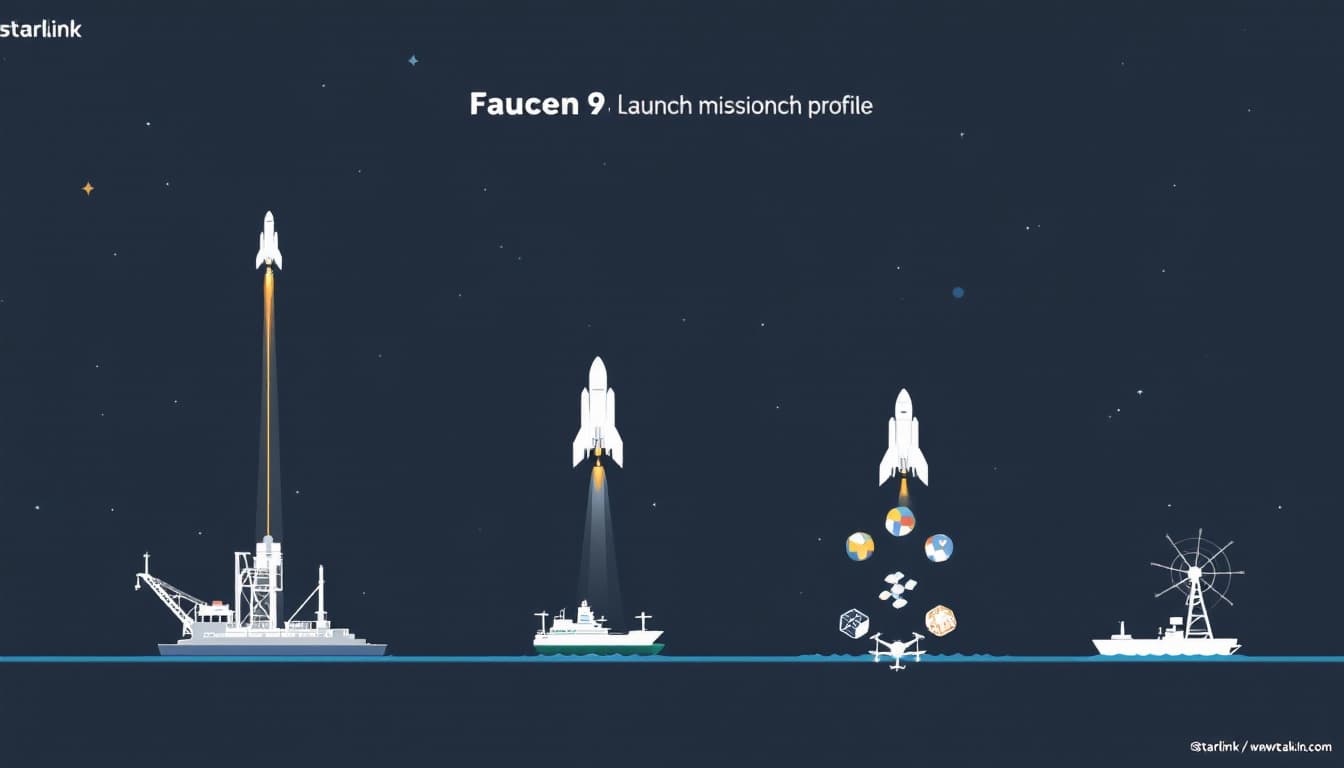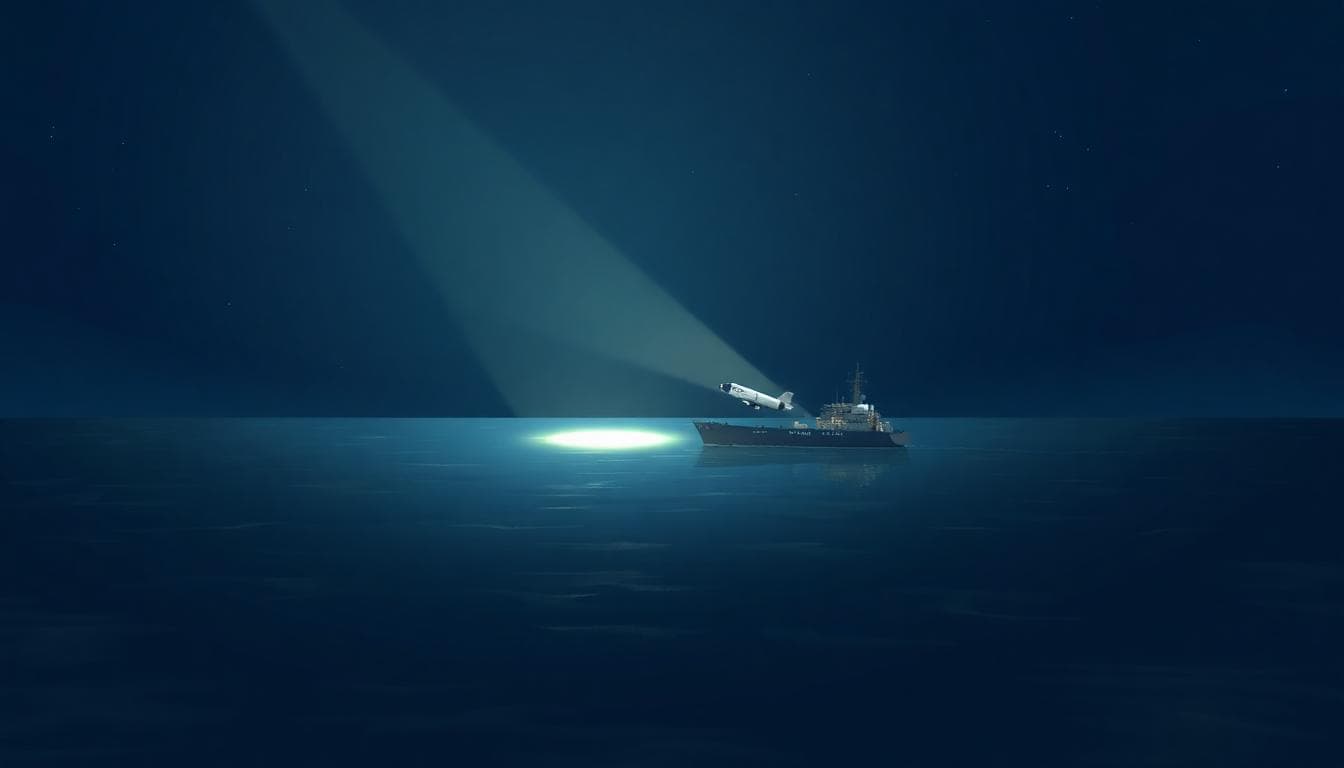Another West Coast Starlink flight aims to boost coverage and capacity. Here is what happened and why it matters.
SpaceX targeted a launch from Vandenberg Space Force Base with a batch of 28 Starlink satellites. The mission used a flight-proven Falcon 9 rocket. After liftoff, the plan called for a first-stage landing on a droneship in the Pacific, followed by deployment of the satellites to low Earth orbit.
These West Coast flights support polar and high-inclination orbits. That improves service in higher latitudes and helps balance the network. For customers, it means more stable coverage and better peak-time performance as more satellites come online.
Mission Snapshot
- Launch site: Vandenberg Space Force Base, California
- Rocket: SpaceX Falcon 9
- Payload: 28 Starlink internet satellites
- Orbit: Low Earth orbit, high-inclination track
- Recovery: Autonomous droneship landing planned in the Pacific
As with most Starlink missions, the ascent includes a rapid sequence: max-Q, main engine cutoff, stage separation, second-stage ignition, fairing separation, and later, a droneship landing for the booster. The second stage performs a short burn to set deployment conditions, then releases the satellites in a timed sequence.

Why 28 Satellites Matters
Starlink satellites work together in large constellations. Even a single batch can ease congestion in busy regions or strengthen links at higher latitudes. Smaller, frequent launches let SpaceX refresh the network, replace units, and roll out incremental improvements to hardware and software.
For users, the impact shows up as higher reliability and more consistent speeds. For SpaceX, regular launches keep the production line humming and the constellation growing in a measured way.
Vandenberg’s Role in the Constellation
Vandenberg is key for high-inclination and polar orbits. West Coast departures allow trajectories that pass over the Pacific and up into higher latitudes with fewer overflight constraints. This complements Florida launches that handle mid-inclination deployments.
With two coasts, SpaceX can maintain a steady tempo. That helps hit cadence goals and keeps the network expansion on track.

What Happens After Deployment
After separation, each satellite checks in, powers up, and begins a series of maneuvers to reach its target orbit. Antennas and arrays unfold. Propulsion systems handle fine adjustments. Over days and weeks, ground teams confirm health and performance before bringing units into the active network.
Software updates continue throughout the life of the satellites. Improvements can boost link quality, reduce interference, and optimize handoffs between satellites and ground terminals.
About the Booster Landing
The Falcon 9 first stage aims for a controlled descent onto a droneship in the Pacific. Grid fins handle steering. Three engines fire to slow the stage during entry. A final single-engine burn guides the landing. Successful recovery allows the booster to fly again, cutting costs and supporting a dense launch schedule.

How to Watch and Track
SpaceX typically streams launches on its official channels. Third-party trackers share live timelines and visuals from the coast. Weather and last-minute checks can shift target times, so it is smart to follow official updates near T-0.
After launch, satellite watchers often spot the “train” as the batch drifts and spreads. Over the following days, the satellites climb to their operational slots, and the train fades from easy view.
What This Means for Users
More satellites mean better capacity for peak hours and remote areas. Maritime and aviation links benefit from extra coverage. Emergency response teams also gain when additional nodes reduce dead zones. For home users, the most visible change is steadier performance when many neighbors are online.
Looking Ahead
Expect continued launches from both coasts as SpaceX fills out and refreshes the constellation. Hardware revisions, inter-satellite links, and software upgrades should keep pushing performance forward. Each successful mission tightens coverage and brings the network closer to its long-term goals.
This Starlink launch from Vandenberg adds 28 more satellites to low Earth orbit. The mission supports higher-latitude coverage, strengthens the network, and showcases reusable-rocketry at work. If you rely on satellite internet for home, work, or travel, launches like this are why the service keeps getting better. Want me to add SEO elements next, lad? I can draft a meta title, meta description, and a clean permalink slug for this post.
To contact us click Here .

